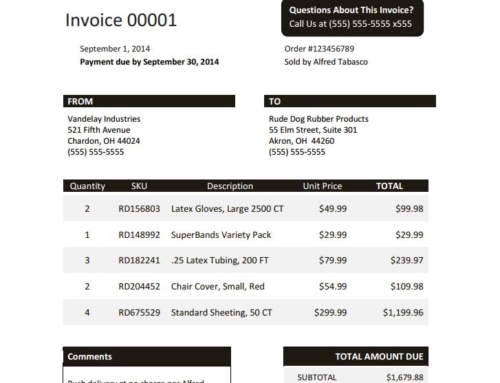When it comes to choosing an accounts receivable software, there are a few different options out on the market. Unfortunately, not all software options make clear what is included in the features of their product. If you’re looking to be more efficient in your collections process and have the ability to automate most of the process, there are few accounts receivable software requirements you should have in place before you start investigate products.
DIRECT INTEGRATION
Some accounts receivable software developers claim they have an integration to any business software or ERP product. However, that can sometimes be a stretch of the truth. In reality, these “integrations” require you to export the data from one system and upload it to the other manually every day. This causes you to lose real time data and wastes your time by adding a manual function. A direct integration between systems should pass information back and forth without adding any additional functions on your end.
AUTOMATED EMAIL
One of the most time consuming tasks a collector has to tackle is crafting emails to send to customers. These could be reminder emails, past due emails, initial invoices or welcome emails. Accounts receivable software should have the ability to automate sending these emails to customer without you having to lift a finger, saving hundreds of hours of time.
PHONE CALL MANAGEMENT
The most important task you can do as a collector is making phone calls. This process should be automated by your accounts receivable software, as well. The software should be able to record and transcribe the collection calls, as well as allow customers to self-serve with an automated menu on items like current balance, balance due and last paid amount.
PRIORITIZED WORKFLOW
In accounts receivable, the question is always who do you call next. Do you call the customer with the oldest outstanding invoice or the one who owes the most? Accounts receivable software should tell you exactly who you need to follow up with, whether it is a phone call or an email, what their account information is and any other communication notes you need.




